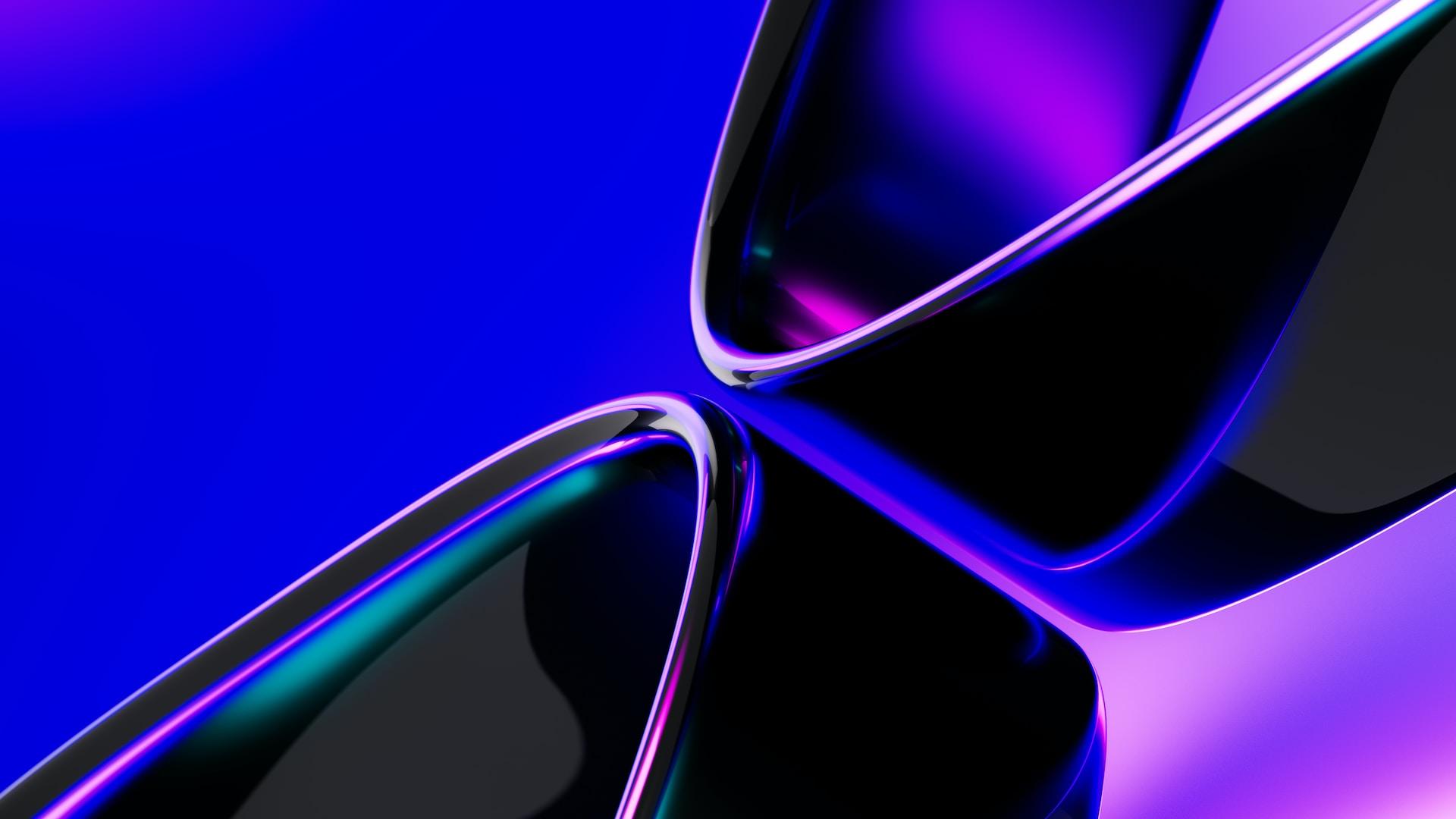As an eCommerce business owner, you want your customers to have the ability to easily navigate your website and hopefully make a final purchase. Online shopping is meant to be convenient for shoppers and forcing them to play find-and-seek just to find what they’re looking for will send them looking elsewhere.
So, if your goal is to boost sales while simultaneously improving the customer journey and success, developing an enhanced UI (user interface) and UX (user experience) design for your website is sure to get you there.
When it comes to eCommerce websites, conversion rate optimization is ultimately rooted in a balance of UI/UX design. If your site looks messy, greatly disorganized, and is difficult to navigate, more likely than not your sales numbers will be quite low. That’s where UI/UX website design comes in. UX encompasses a user’s experience with your website from a visual and organizational perspective. If you walked into a clothing store and the first thing you see is a pile of randomized clothing items, you’d probably walk right back out. Why? It looks unprofessional, and as though your web designer failed to prioritize the importance of giving customers a good first impression. Not a good look—literally.
UI website design is all about how your visitors are able to interact with your website. Is it easy for consumers to locate different subsections of your merchandise? Are your interface designs neat and consistent making their user experience predictable? Is the checkout process clear and organized to provide customers with a fast and easy check-out experience? If your answer is no, you’ve got some work to do. Simply—if your website fails to provide a smooth customer journey on both the UI and UX fronts, your conversion rates are most definitely going to be in the gutter. So, to drive conversions, it’s time to get designing.
For eCommerce businesses, the ideal conversion rate ranges between 1% and 4% with a global average of 2.58% across all channels and devices.

The design processes for both UI and UX design are broken up into three stages.
- For UI designers, they first need to develop a wireframe to map out the structure of the website itself. This wireframe consists of various features and process layouts including page hierarchy, content placement, and a layout of the customer journey/conversion funnel. They will then use the wireframe to develop a prototype of the site and test it to collect performance data. Finally, the designer will use this data to perform a metrics analysis that will then be used to further refine and perfect the site.
- UX designers will take a separate route starting with researching the company’s target audience. User research sets the foundation for an effective design strategy. By collecting information on the company’s target audience, the designer will be able to better understand user expectations, needs, and behaviors. Next, they’ll develop a user persona to create a user-centric design to see how users' motivations and needs affect their site interaction.
- Finally, using the information gathered from user persona trials, UX designers will map user stories that help them to establish the changes needed to create an optimal user experience.
- Enhancing your website’s UI/UX designs might seem like a lengthy process, but in the end what’s more important is that your conversions are up, and your customers are satisfied with their experience using your site. So, if you want to increase your conversion rates and boost sales while improving your customer journey and success, investing in an enhanced UI/UX design strategy is what will get you there.
Conlusion
Our usability assessment identifies problems and we make recommendations based on user behavior. We share the ways to improve the usability of your website or app. Contact Us






